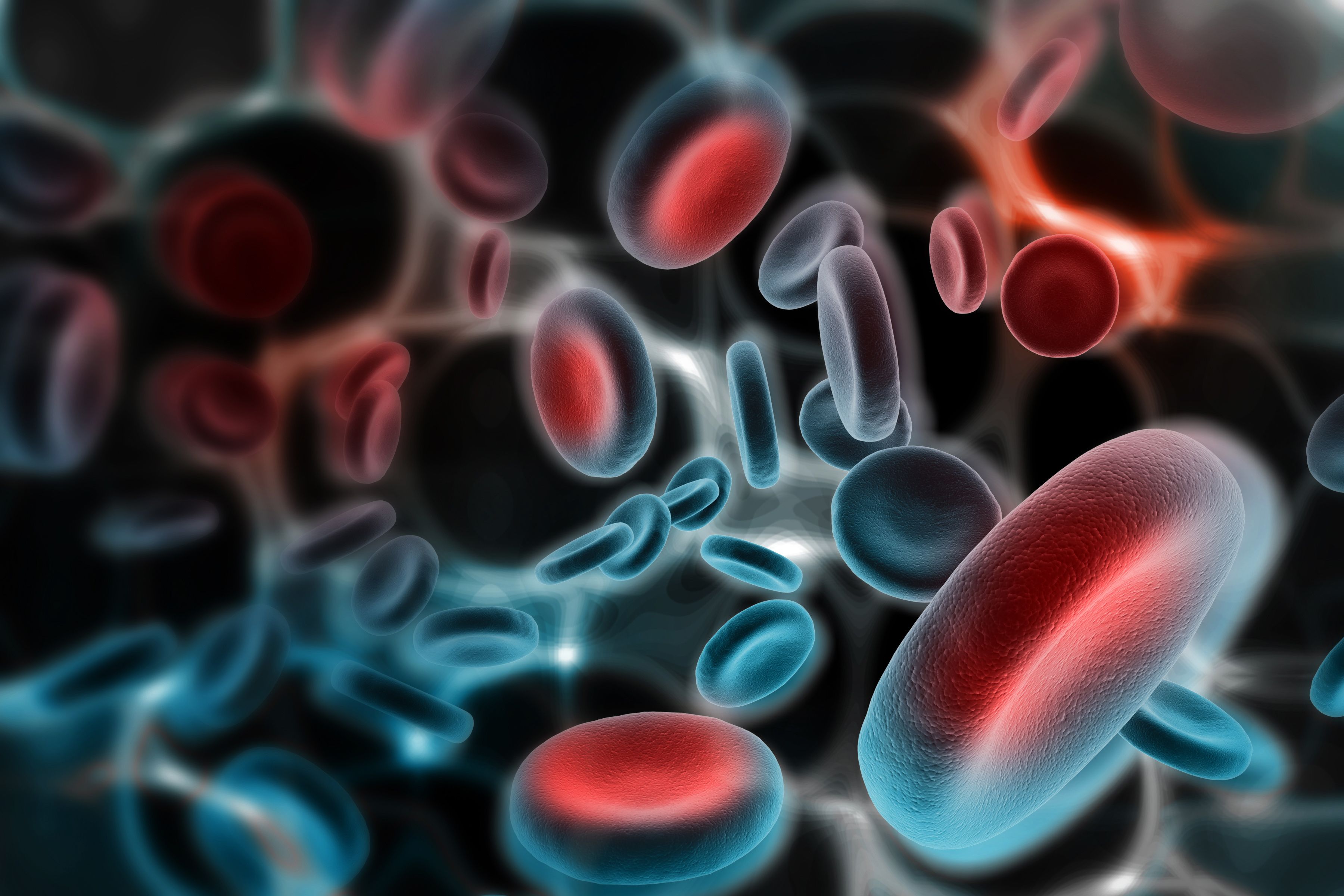Nivolumab Combo Improves PFS in Stage III/IV Advanced Hodgkin Lymphoma
Phase 3 data show that nivolumab/AVD may also reduce long-term toxicities vs brentuximab vedotin/AVD in advanced Hodgkin lymphoma.
"With these promising results, we expect nivolumab with AVD chemotherapy will become a new standard of care and the first treatment we provide patients who are diagnosed with advanced-stage Hodgkin lymphoma," according to study author Alex Herrera, MD.

Combining nivolumab (Opdivo) with doxorubicin, vinblastine, and dacarbazine (AVD) improved progression-free survival (PFS) with an improved safety profile vs brentuximab vedotin (Adcetris) plus AVD among patients with stage III or IV advanced-stage classic Hodgkin lymphoma, according to findings from the phase 3 SWOG S1826 trial (NCT03907488).1
Results, which were published in The New England Journal of Medicine,showed that nivolumab/AVD significantly improved PFS compared with brentuximab vedotin/AVD at the time of the prespecified second interim analysis (HR, 0.48; 99% CI, 0.27-0.87; P = .001). The 1-year PFS rates were 94% (95% CI, 91%-96%) in the nivolumab arm vs 86% (95% CI, 82%-90%) in the brentuximab vedotin arm (95% CI, 82%-90%).
Noting a short follow-up time for the primary analysis (12.1 months; range, 0-38.6), investigators repeated the analysis after an additional year of follow-up. With a median follow-up of 2.1 years (range, 0-4.2), nivolumab/AVD produced a 2-year PFS rate of 92% (95% CI, 89%-94%) vs 83% (95% CI, 79%-86%) with brentuximab vedotin plus AVD (HR, 0.45; 95% CI, 0.30-0.65). PFS outcomes were typically comparable across patient subgroups based on factors including age and disease stage.
Common any-grade adverse effects (AEs) in the nivolumab and brentuximab vedotin arms, respectively, included nausea (65% vs 70%), fatigue (47% vs 51%), neutrophil count decreases (56% vs 34%), anemia (39% vs 46%), and peripheral sensory neuropathy (29% vs 56%). The rates of pneumonitis, gastritis, rash, and colitis were comparable between treatment arms. Overall, investigators reported that more patients discontinued treatment in the brentuximab vedotin arm.
“Nivolumab with AVD chemotherapy is a well-tolerated and highly effective new standard of care for patients with stage III or IV Hodgkin lymphoma. It’s critical to be able to offer these patients a safe and effective therapy that can put their cancer into long-term remission,” lead study author Alex Herrera, MD, chief of the Division of Lymphoma at City of Hope in Duarte, California, stated in a press release on these findings.2 “With these promising results, we expect nivolumab with AVD chemotherapy will become a new standard of care and the first treatment we provide patients who are diagnosed with advanced-stage Hodgkin lymphoma.”
In the multicenter, open-label, randomized phase 3 trial, 994 patients were assigned to receive nivolumab/AVD (n = 496) or brentuximab vedotin plus AVD (n = 498). Overall, 970 patients made up the modified intent-to-treat population, with 483 and 487 patients receiving treatment in the brentuximab vedotin and nivolumab arms, respectively.
Patients were assigned to receive intravenous nivolumab at 240 mg if they were adults, or at 3 mg/kg if they were between 12 and 18 years old, or brentuximab vedotin at 1.2 mg/kg in combination with doxorubicin at 25 mg/m2, vinblastine at 6 mg/m2, and dacarbazine at 375 mg/m2.
The trial’s primary end point was PFS. Secondary end points included AEs, overall survival (OS), and event-free survival (EFS).
The median age was 27.6 years (range, 12.0-83.7) in the nivolumab arm and 26.8 years (range, 12.0-81.7) in the brentuximab vedotin arm. Additionally, 44% and 43% of patients in each arm were female. In each respective arm, most patients were White (76% vs 75%), had stage IV disease (62% vs 65%), and International Prognostic Scores of 0 to 3 (68% vs 68%).
Further findings showed that, at 2 years, the EFS rate was 90% in the nivolumab arm vs 81% in the brentuximab vedotin arm (HR, 0.50; 95% CI, 0.36-0.71). Additionally, the 2-year OS rates were 99% and 98% in each respective treatment arm (HR, 0.39; 95% CI, 0.15-1.03).
References
- Herrera AF, LeBlanc M, Castellino SM, et al. Nivolumab+AVD in advanced-stage classic Hodgkin’s lymphoma. N Engl J Med. 2024;391(15):1379-1389. doi:10.1056/NEJMoa2405888
- Marquez L. Longer-term data from SWOG S1826 trial confirms nivolumab-AVD benefit in Hodgkin lymphoma. News release. City of Hope. October 16, 2024. Accessed October 17, 2024. https://tinyurl.com/yjenkzub
Newsletter
Stay up to date on recent advances in the multidisciplinary approach to cancer.
Highlighting Insights From the Marginal Zone Lymphoma Workshop
Clinicians outline the significance of the MZL Workshop, where a gathering of international experts in the field discussed updates in the disease state.
Expanding Horizons in T-Cell Lymphoma Therapy: Focus on Personalized Treatment Strategies
Several lymphoma experts discuss the current T-cell lymphoma landscape, the need for new therapies, and ongoing research in the space.